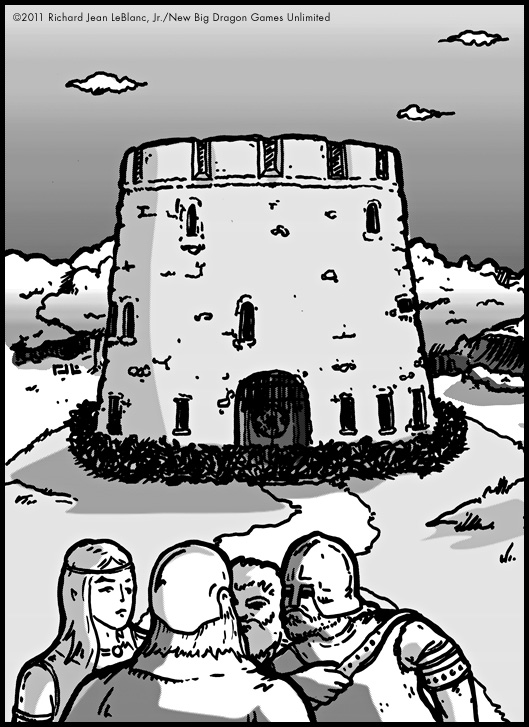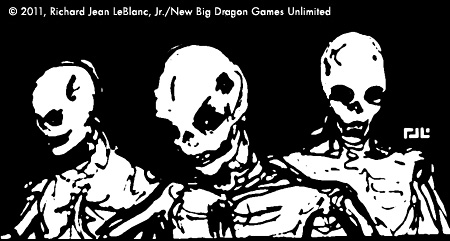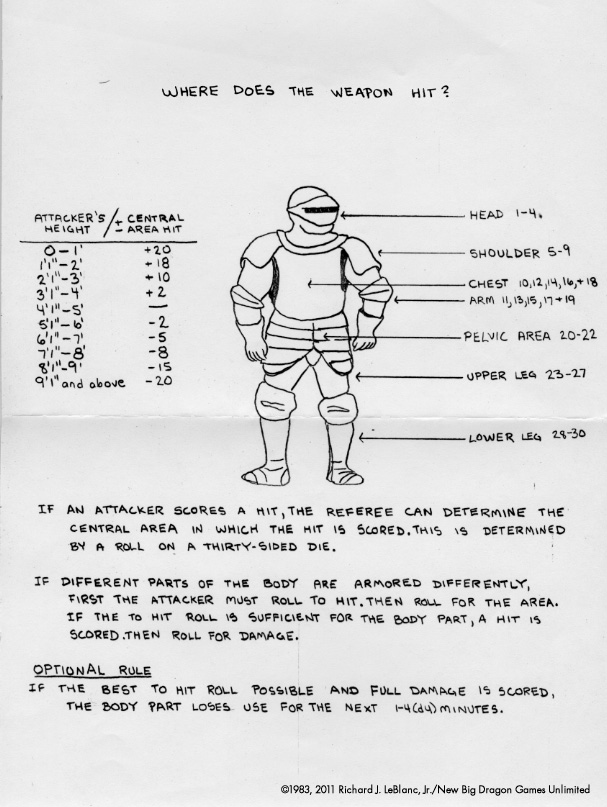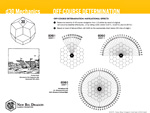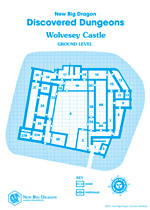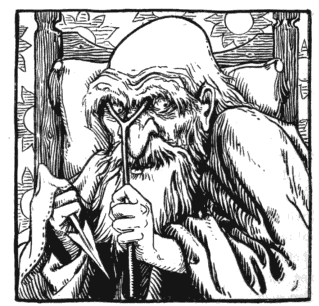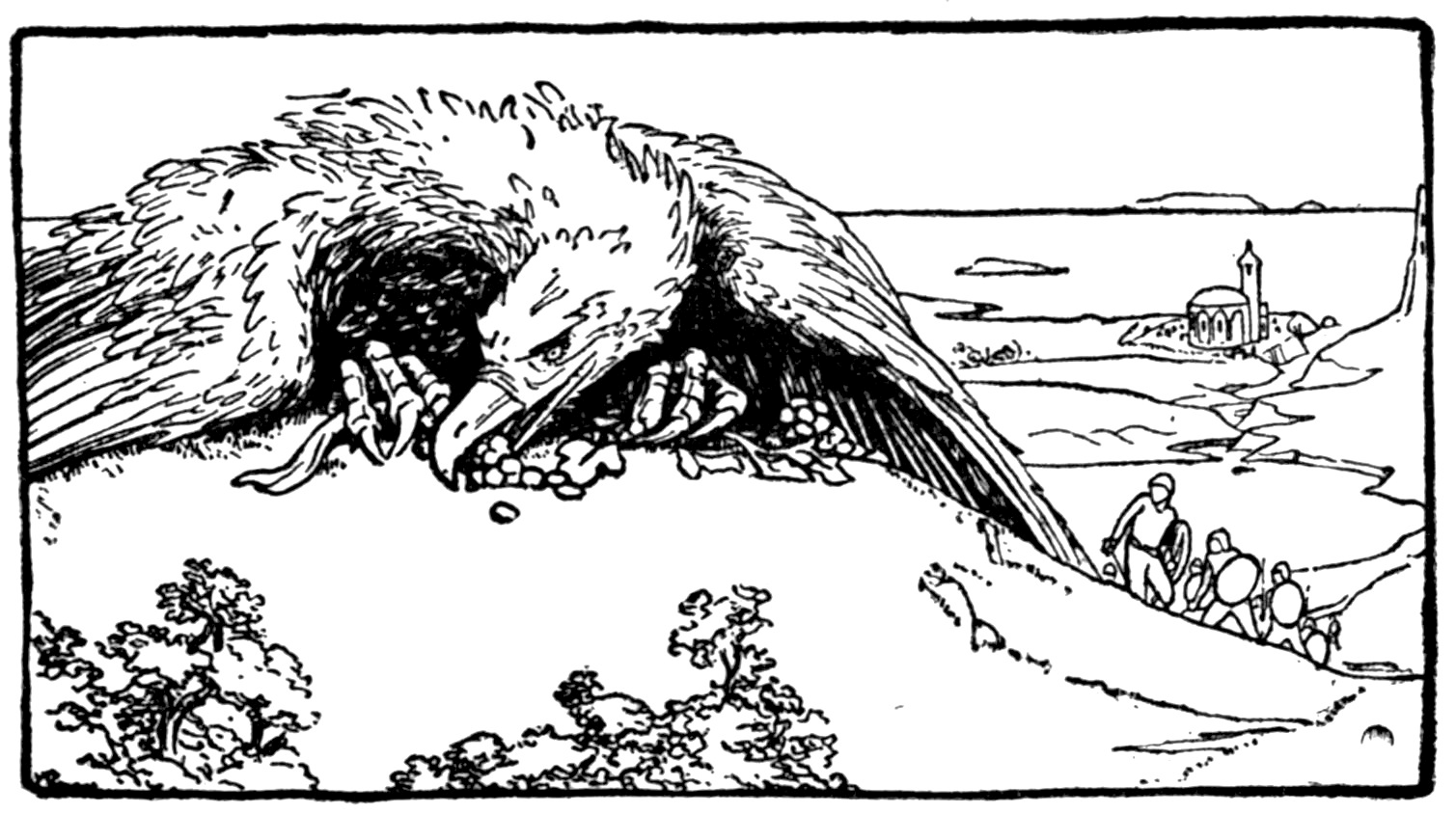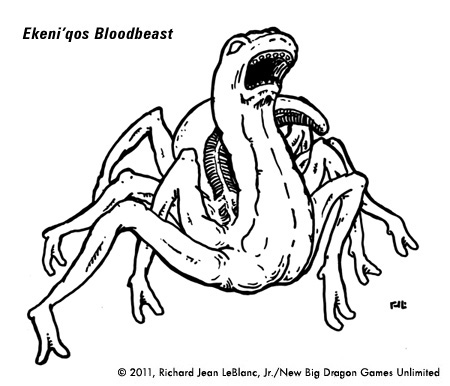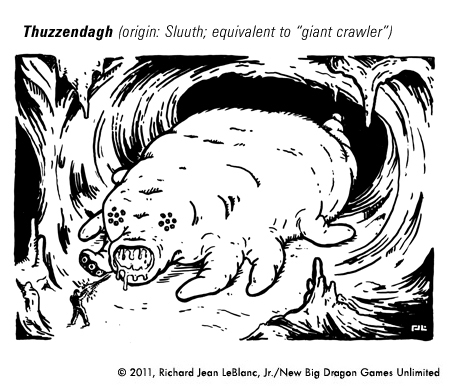This is something I've actually been wondering for a while, but was prompted by a question from my co-conspirator David Welborn to investigate.
Pre-2600 BC: d4
The Royal Game of Ur
The Royal Game of Ur (a.k.a. "Game of Twenty Squares") is a board game that dates to the First Dynasty of Ur in Mesopotamia, and is quite possibly the oldest board game equipment ever found. It appears to be a race game of some sort, played with two sets (one black, one white), seven markers and three tetrahedral dice.
(That's a d4 to you and me.) It is believed to be a precursor to the game backgammon.
305-30 BC (Ptolemaic Egypt): d20, d12
Icosahedral and Dodecahedral Dice with Greek Markings
Located in the Louvres are several icosahedral (d20) dice from Egypt during the Ptolemaic period, having a letter of the Greek alphabet from A to Y on each face. Also found during the same discovery (by E. Michon?) was a dodecahedron (d12) with the first 12 Greek letters on its faces. There are plenty of surviving examples of cubical dice (decahedrons/d6s) from before this time, many of which are from Egyptian games. Most of them, however, are marked with pips as there was no common numeration system at the time. Even Arabic numeration wasn't becoming a common practice until about 200 BCE, and it would be several centuries more until Roman numeration started to gain a foothold. So it's not that far of a stretch to assume the Greek letters were actually representational of numbers (rather than syllabic sounds.)
2nd century AD: d20
The Roman Icosahedron Die
This die (pictured at top, now in the British Museum) is made of glass and features markings that seem to be neither Roman or Arabic numerals
(they actually look Greek-based or alchemical to me; maybe an attempt to turn the Greek alphabet into a numeration system?) but are probably markings that indicate some specific options as part of a game of chance.
(I wonder if it came uninked.*)
1283 AD: d7s and d8s
The Libro de los Juegos ("Book of games") is Published
The text is a treatise that addresses the playing of three games and includes the use of both seven- and eight-sided dice in order to speed up play in chess variants. The invention of these dice is credited to
Alfonso X of Castile. A four-player variant pits each player against the others as one of the four elements and/or four humors and the green, red, black and white pieces are moved based upon the roll of the dice.
(Another variant entitled "astronomical chess" is played on a board featuring seven concentric circles divided radially in to 12 areas, with each division associated with a constellation of the Zodiac.)
What follows are some of the earliest recorded (available) U.S. patents for the various polyhedrals. In most cases, the standard, numbered forms we're familiar with don't seem to be patented (as they were probably too common/widespread as a whole) to merit a patent.
1898: d10
U.S. Patent# 614,524: Poker Dice
Issued November 22, 1898 to J.O. Yardley as "Game Apparatus." This is a sort of barrel-shaped oddity featuring miniature versions of playing card visuals, rather than the double-conical numbered version that's become the standard.
(From looking at it, it wouldn't seem the "top" and "bottom" faces would get equal % results compared to the other "sides.")
1900: d12
U.S. Patent# 645,112: Poker Dice
Issued March 13, 1900 to V. Mapes as simply "dice." This is actually a patent for "Poker Dice" with various suits and numbers/face initials interspersed over five total dice in the game.
1912: d4
U.S. Patent# 1,030,554: "Skeletal d4"
Issued June 25, 1912 to S.E. Wharton for "a game." This version is more of a skeletal drawing of the inside, than the flat-faced version we've come to know.
1917: d8
U.S. Patent# 1,223,365: "Rhomboid" d8
Issued April 24, 1917 to E.N. Breitung as simply a "die." This is a slightly more "rhomboid"(?) version of the standard d8, featuring a combination of 4 triangles and 4 "kite" shapes, with pips instead of Arabic numerals.
1925: d20
U.S. Patent# 1,555,447: d20 with Letters on Faces
Issued Sept. 29, 1925 to H. Bernstein as a "gaming device." This is pretty much the d20 we've come to know and love, but featuring the letters M(x5), A(x4), K(x4), E(x3), J(x2) and the words "Honest Abe" on the other 2 faces.
And now on to the gaming...
1950s: Wargames
The Roots of the RPG Industry, but not its Dice Usage
Some sources will generically state that the early 1950s sees the blooming of the wargames industry, and their adoption of the various types of dice. Part of that seems to be true... the blooming of the industry. Historically, many wargames featured either simultaneous hidden movement or responsive movement, and often didn't use dice at all. In H.G. Wells's
Little Wars (1913), the only mention of dice is for determining size of armies, and casualties are determined by player agreement. Even
Kriegspiel, a German wargame originally created in 1813 for training of officers during the Prussian War, only used dice for "friction" factors outside the hands of the officers, including morale, meteorology, the fog of war, etc. The majority of the most popular early wargames (published by Avalon Hill, SPI, etc.) seem to mostly use d6s, when they use dice at all.
c. The Early 1970s: Polyhedrals Meet RPGs
Meanwhile in an Educational Store Somewhere in the Midwest...
So the story goes that in the earliest days of TSR, one of the founders found these odd-shaped dice in a store specializing in teaching tools (many of the patents held on polyhedral dice are actually
educational in nature), and D&D was adapted to use all these odd dice. This makes a ton of sense. Look at
Chainmail. It generically refers to "die" and "dice." When it does reference more than one type of die, it's in color only. Now, take a look at the Men & Magic white box book. Where does it say you can get polyhedral dice? From your gaming shop? Noooooo! From TSR! (Ah, so it's a
profit deal.)
1981: A True d10
The Moldvy Basic Set Introduces the d10 to the D&D Milieu
The 1977 Holmes Basic boxed set came with a d20 numbered 1-10 twice and included no d10 proper. Through the use of a second determiner die (or crayon coloration), the d20 generated a result of 1-20, or doubled up generated a result of 1-100. It wasn't until the introduction of Moldvay Basic in 1981 that the box included a true d10.
1982: d30
The Armory Pushes the d30 on the Public
The d30 was originally the brainchild of John Handwork, a college freshman at Virginia Tech who,
in 1982, sold the idea to toy and game entrepreneur Roy Lippman of Baltimore, Maryland, USA. For those who don't know, Lippman's company was The Armory, the great rival to Lou Zocchi's Gamescience. As a distributor and publisher, the Armory really got behind the d30 and put out
several publications, mostly to give gamers a reason to buy a d30.
1985: d100
The Zocchihedron Debuts
After three years of design, and three more years of production development, Lou Zocchi finally unleashes the d100 onto the world. Rather than being a true polyhedral, it's more of a ball with flattened planes and is sometimes referred to as "Zocchi's Golfball." Tests by Jason Mills in 1987 and
published in White Dwarf magazine showed that at least one of his dice designs for the Zocchihedron had a significantly uneven number distribution. The "improved" Zocchihedron II has generally replaced the original design, as its free-falling teardrop shaped weight allows the new version to "settle" much faster.
(BTW, the patent that protected the look of the original Zocchihedron expired on 19 September 2003, in case any of you were looking to start producing your own d100s.)
Honestly, there are some other stories behind dice like the d5, the d34, and crystal dice, but for the sake of this discussion, I don't find them that important, or interesting honestly.
Over at dicecollector.com, there's a nice gallery of old dice that shows some nice images of many older dice that have been discovered.
*Joke contributed by David Welborn for all you Gamescience fans.
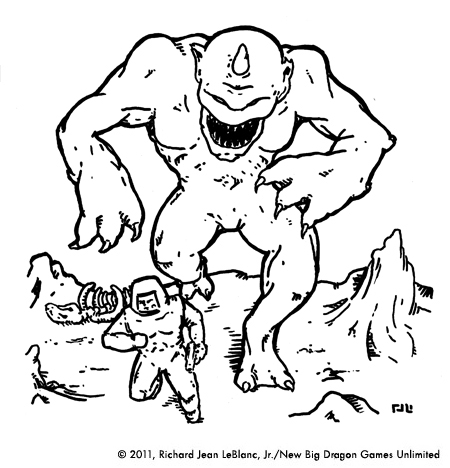 Another of the creatures from Starmasters. This one is, as of yet, unnamed.
Another of the creatures from Starmasters. This one is, as of yet, unnamed.


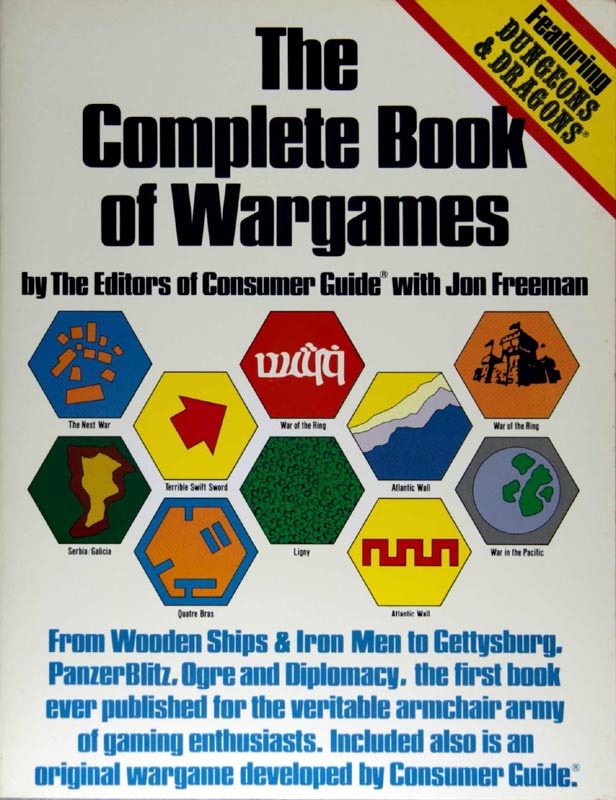
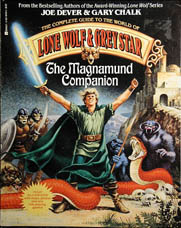
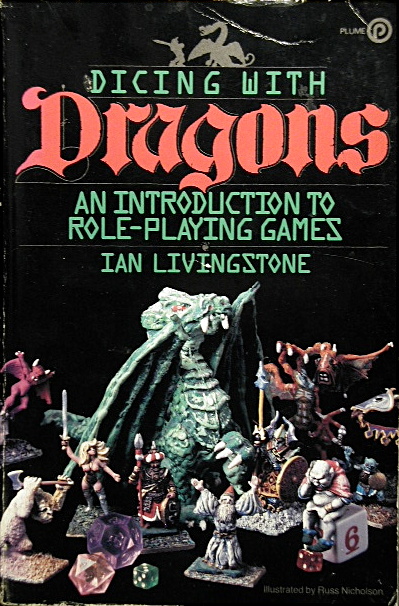
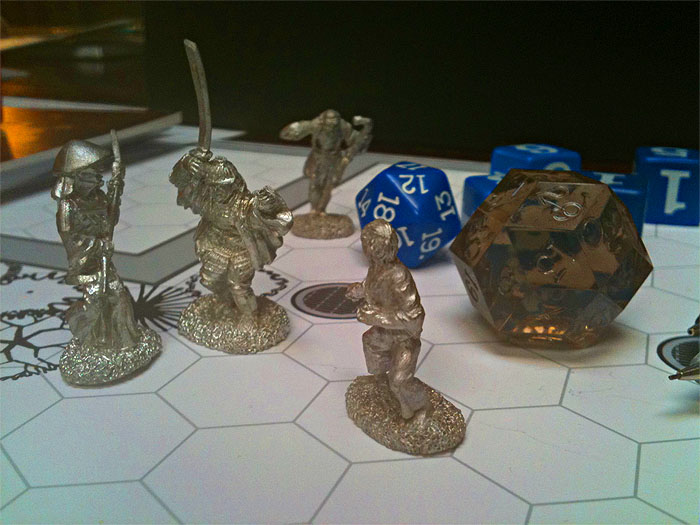
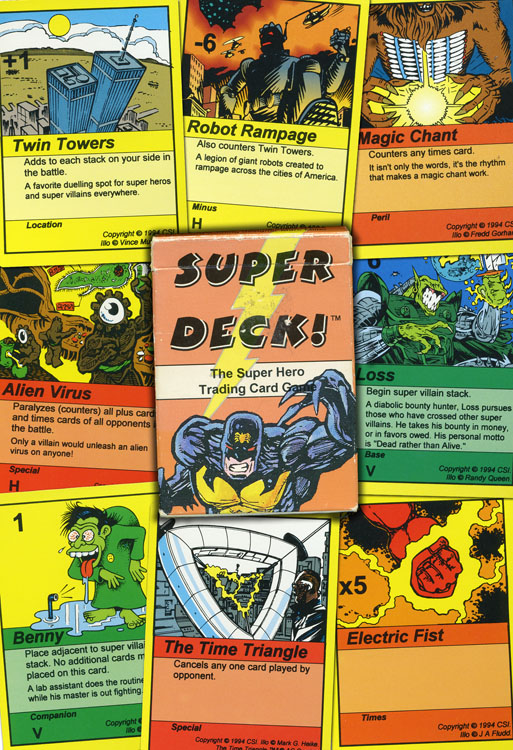

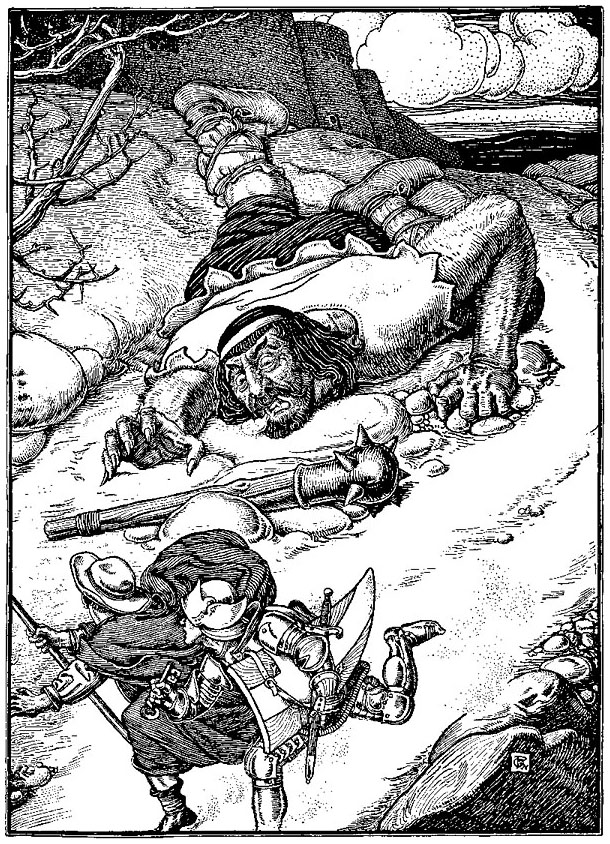
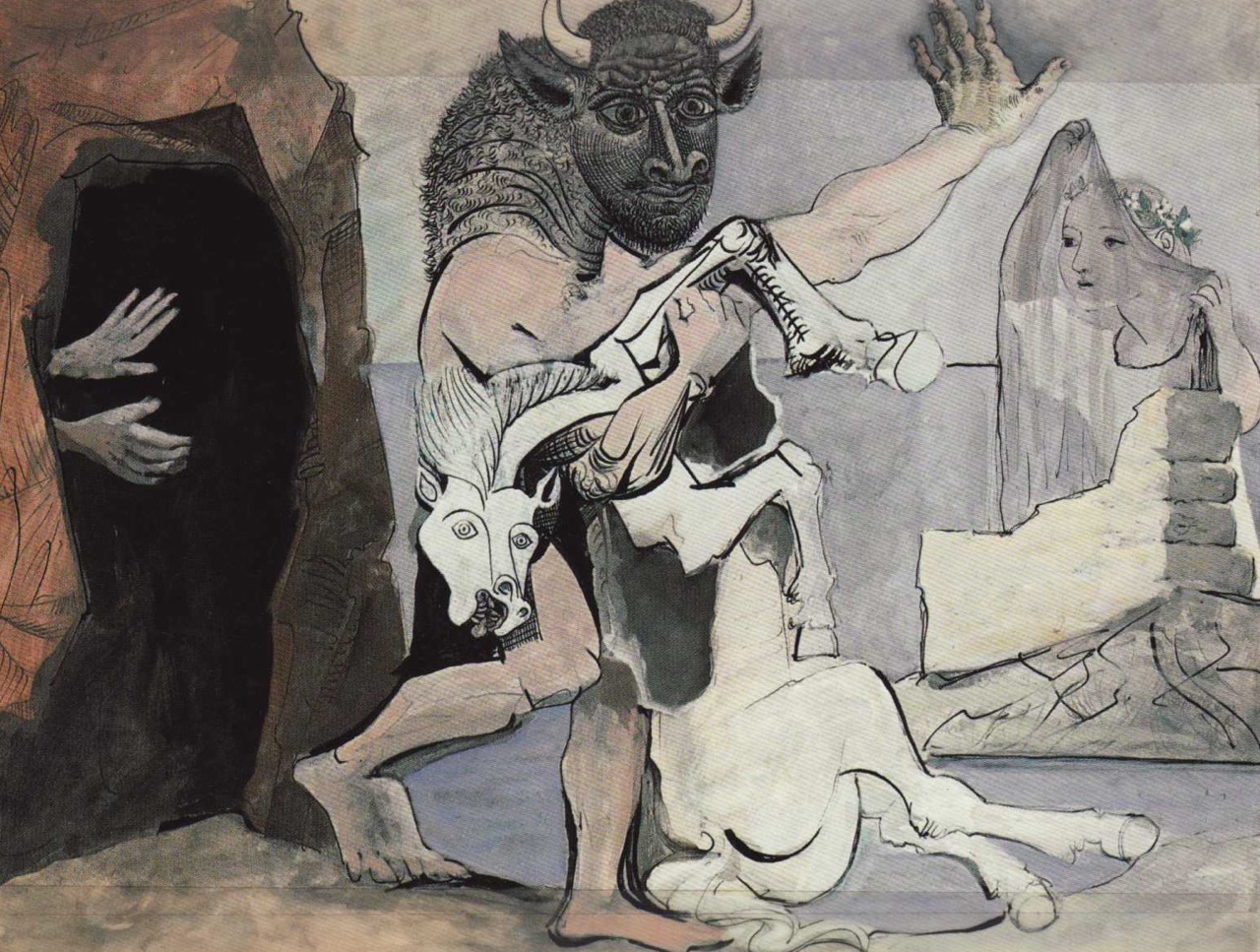
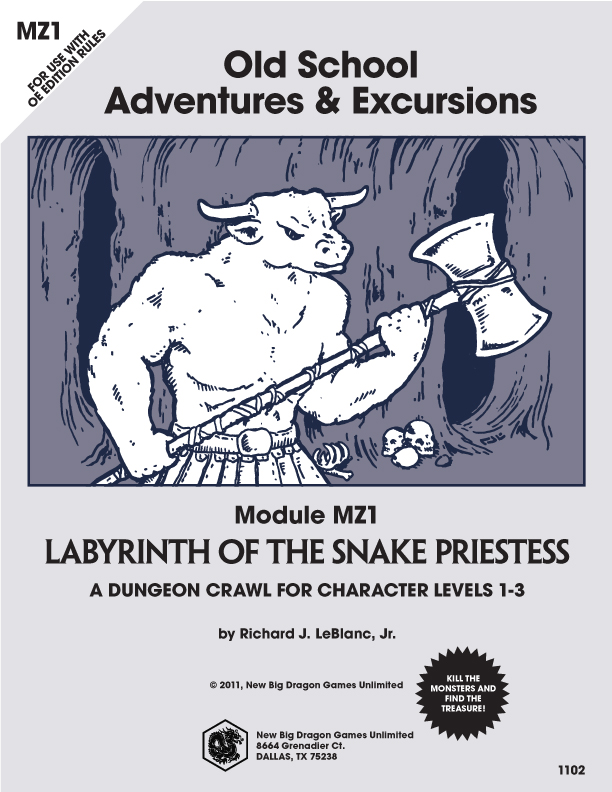
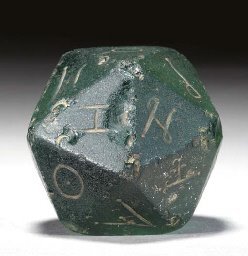
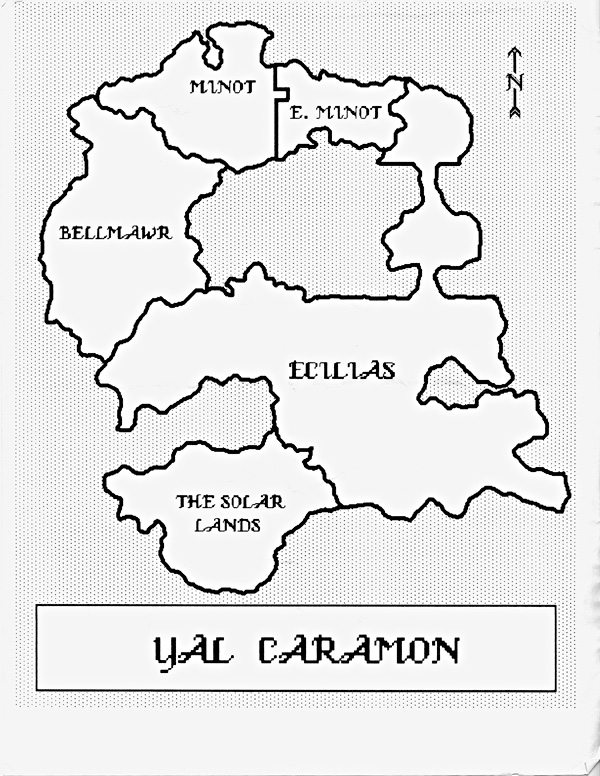
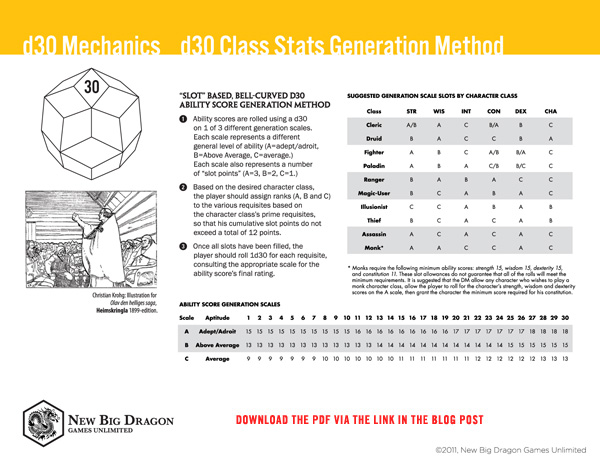
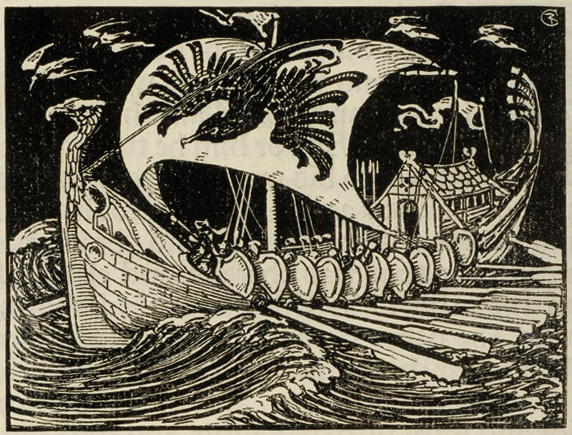
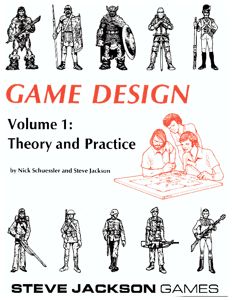
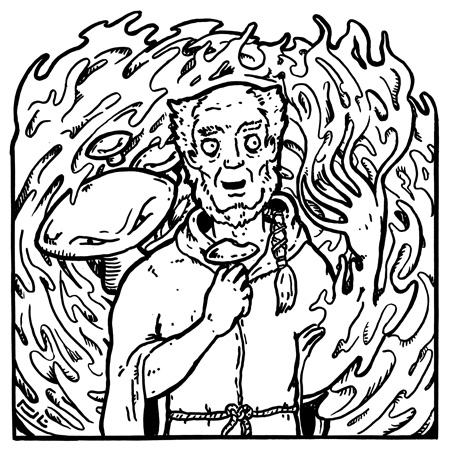
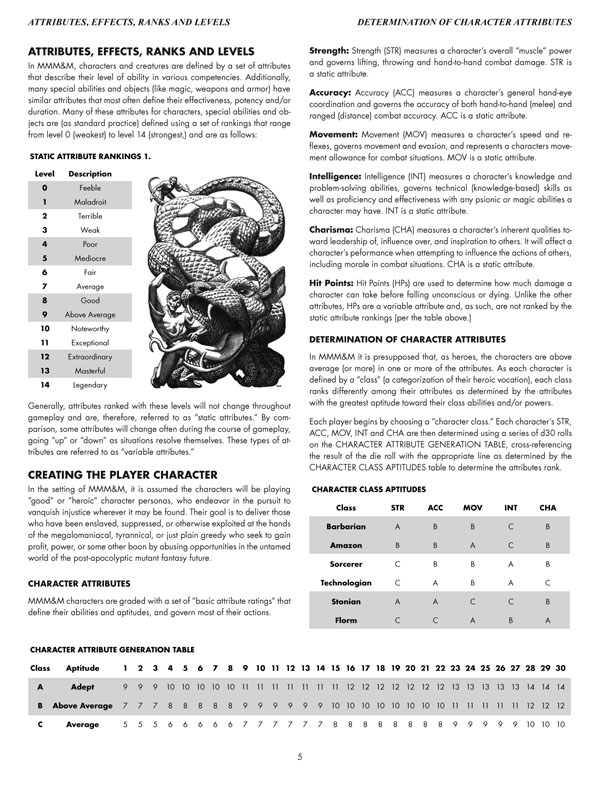
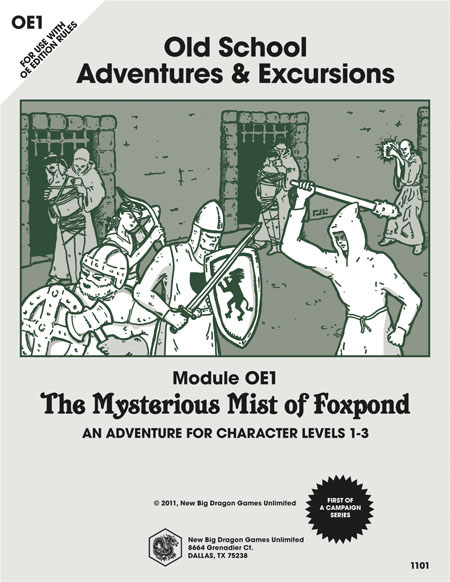






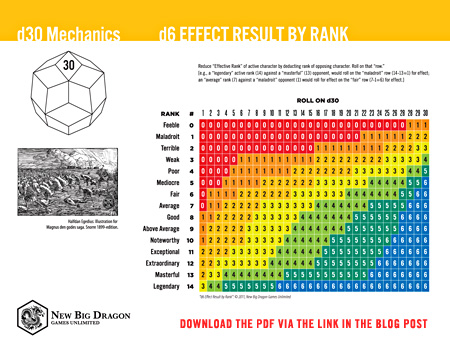

.png/458px-Plate_facing_page_196_of_Tanglewood_Tales_(1921).png)
.png/800px-Illustrations_inset_at_page_14_of_Indian_Fairy_Tales_(1892).png)
.png)
